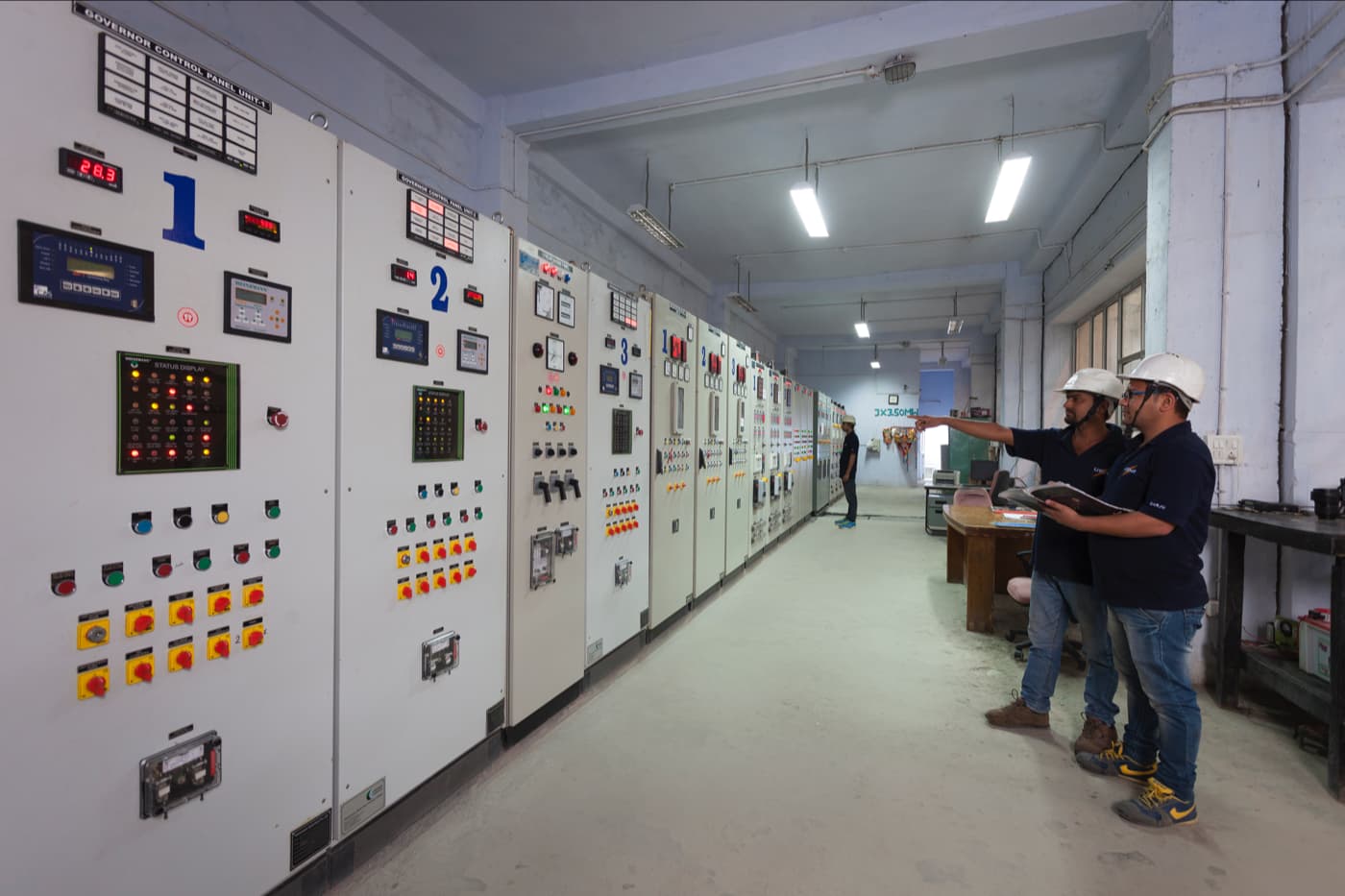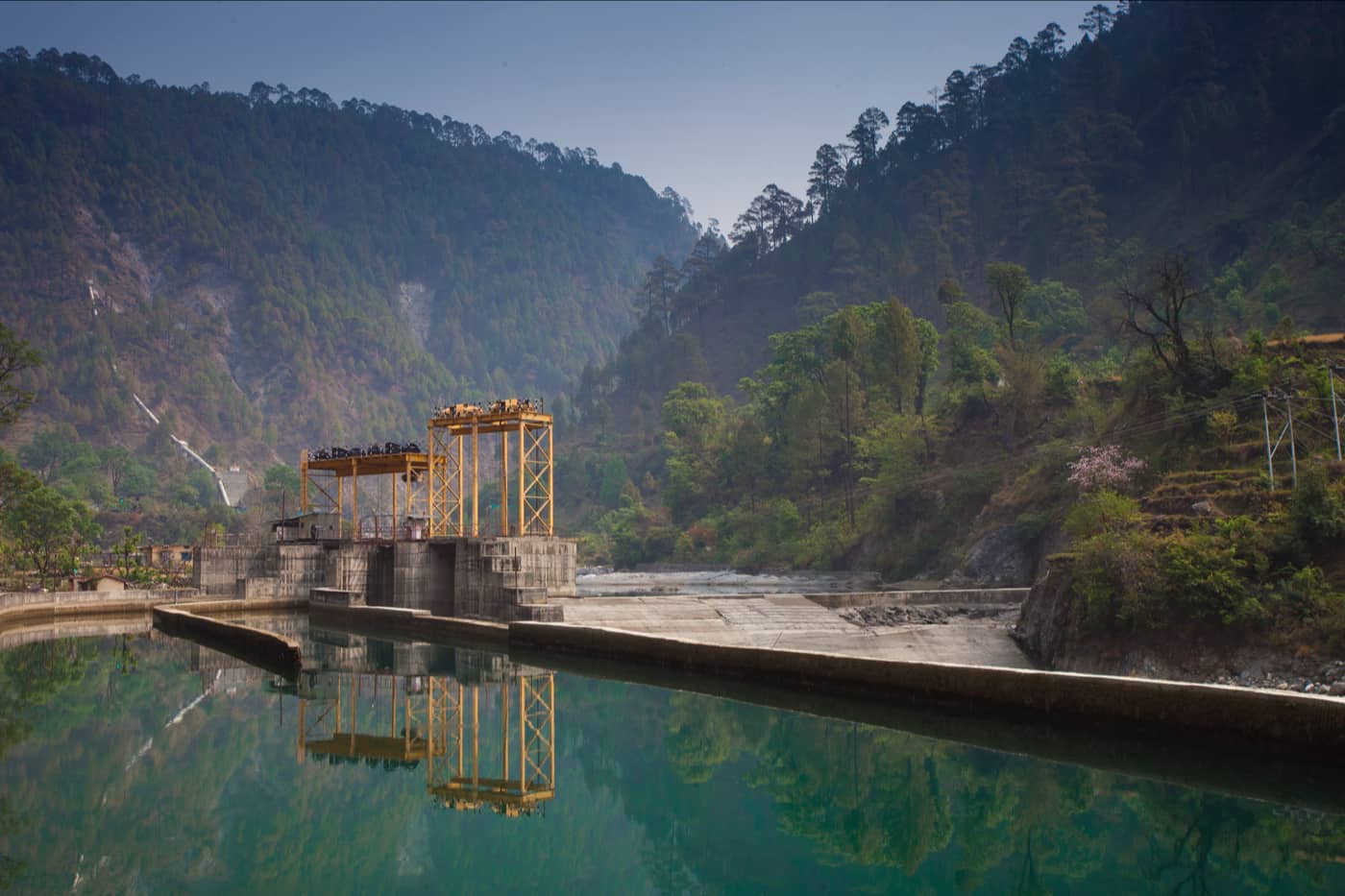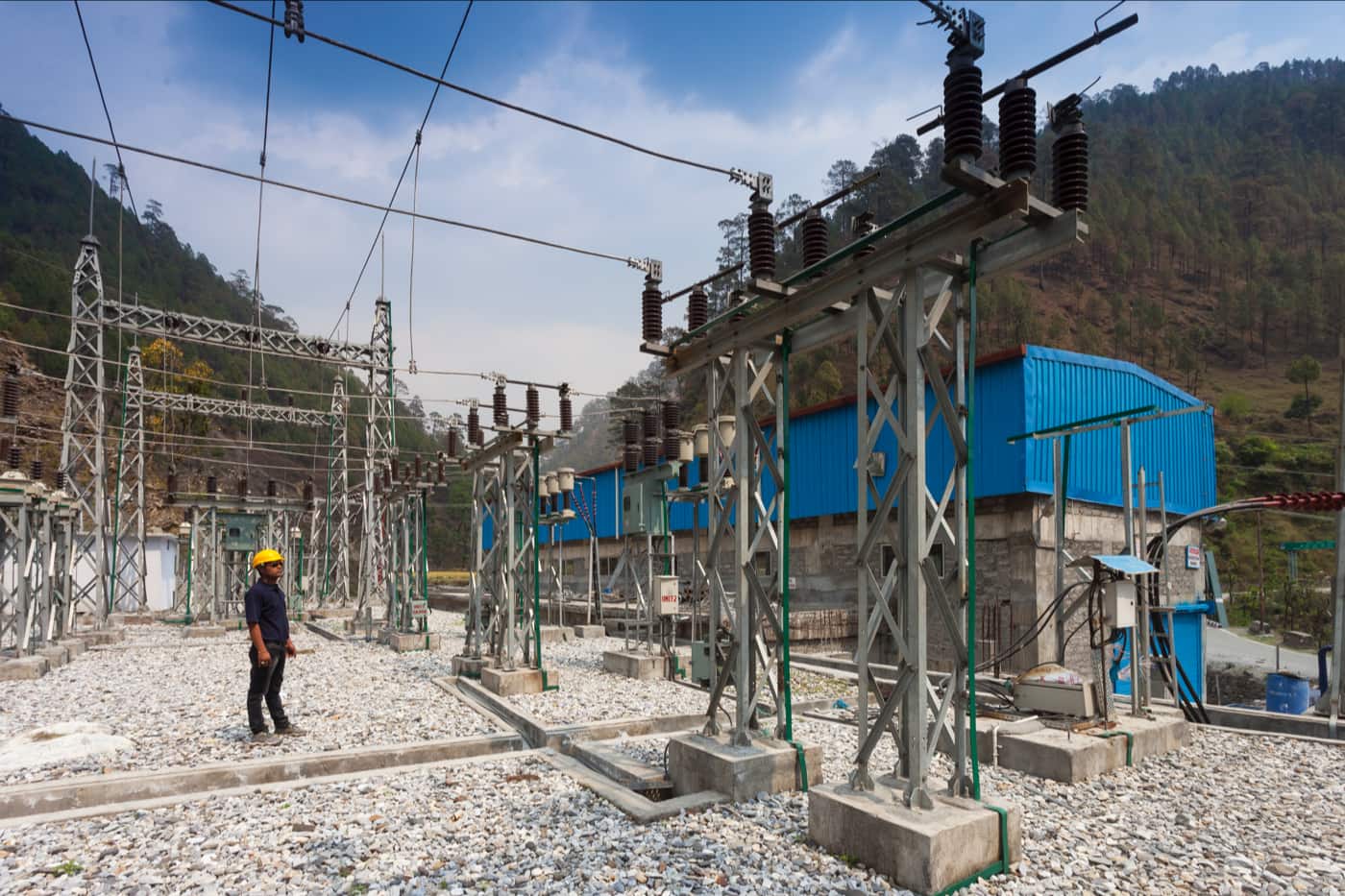
Projects

Sarju 3
Location: Distt. – Bageshwar, Uttarakhand
River Stream: Sarju
Development Type: Run-off-the-River
Installed Capacity: 3 x 3600 KW ( 10.50 Mw )
Turbine: Horizontal Francis
Rated Discharge: 6.73 cumecs
Rated Head: 51.85 m.
Status: Commissioned
COD: 11.07.2014

Sarju 2
Location: Distt. – Bageshwar, Uttarakhand
River Stream: Sarju
Development Type: Run-off-the-River
Installed Capacity: 3 x 4200 KW ( 12.60 MW)
Turbine: Horizontal Francis
Rated Discharge: 2.59 cumecs
Rated Head: 155 m.
Status: Commissioned
COD: 25.05.2016

Sarju 1
Location: Distt. – Bageshwar, Uttarakhand
River Stream: Sarju
Development Type: un-off-the-River
Installed Capacity: 2 x 3750 KW
Design Discharge: 7.2 cumecs
Design Head: 160 m.
Status: To be implemented
Process
Run-of-the-river is a type of electric generation wherein the natural flow and elevation drop of the river are used as key factors to generate electricity. These type of projects do not require impoundment of water. Most of the run-of-river power plants have a diversion structure across the full width of the river to utilize all of the river's water for electricity generation.
Some of the water is diverted from the river and directed into a water conductor system, comprising a power channel/tunnel and steel pipe called a penstock. The penstock feeds the water downhill to the power station's turbines. Due to the difference in altitude, potential energy from the water, upriver, is transformed into kinetic energy while it flows downriver through the penstock. It gives it the speed required to spin the turbines that in turn transform this kinetic energy into electrical energy. The water flows out of the generating station and is diverted back to the river without altering the existing flow or water levels.

